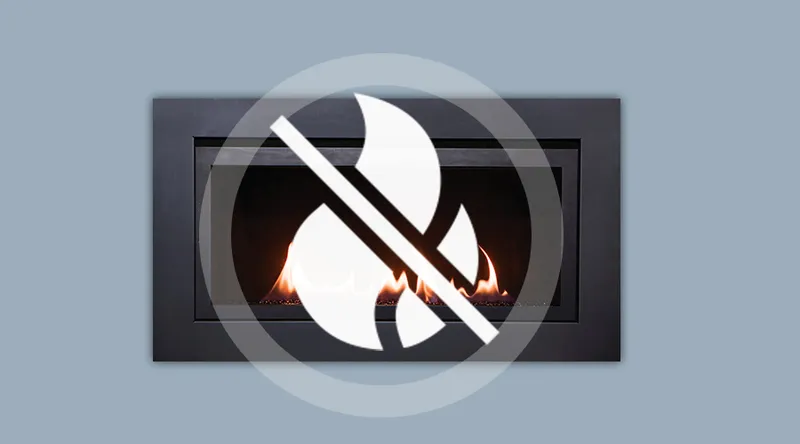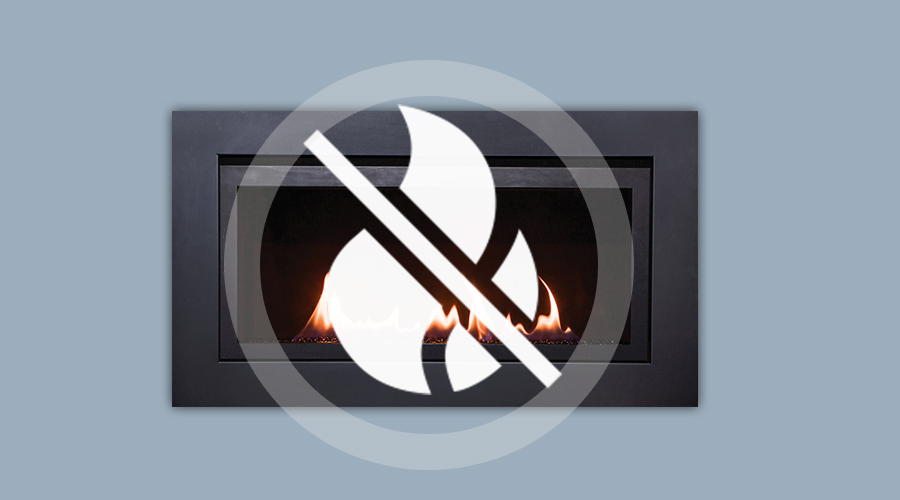I recently purchased a home through Baessler Homes. What an experience! They collectively worked to make every bit of my experience a dream come true. As a single father of a precious little gal, they accommodated all of my wishes to make her dream become a reality as well. I am truly grateful for all of their hard work and dedication to making our transition enjoyable and smooth. Baessler Homes is one I can confidently say, far exceeded our expectations and made our dream of homeownership a wonderful life changing experience. Thank you Annie, Jeremy and the Baessler Homes team! U are all great people to work with! Also, thank you, for including my daughter in her personal kid friendly contract! She loved it, that made me love this place all the more. If I had to do all of this, all over again, hands-down, I would! Baessler Homes is home to us!
The Gift That Lasts a Lifetime — Fixed Rates as Low as 4.75%! ✨️

- Find Your Home
- Gallery
- My Buying Power
- Buyer Resources
- Meet Baessler
- Contact Us
(970) 573-7033
Blog

Chimney fire prevention in 3 easy steps
October 27, 2016
 The growing chill in the air ignites the urge to cozy up in front of a crackling fire. Before you light that log in your fireplace, be sure you’re not sparking a chimney fire.
Approximately 23,000 chimney fires occur every year, causing near a billion dollars in damage, and potentially the loss of lives.
Chimney fires are usually caused by creosote build-up. That’s the highly combustible residue that remains in your chimney when burning wood. The wood emits smoke, vapor, gas, hydrocarbons, tar fog, and wood particles. When the internal temperature of your flue gets high enough, the creosote ignites. The fire can explode and erupt in flames, or quietly smolder undetected.
A chimney fire can also result from a faulty chimney liner. If your chimney liner doesn’t provide adequate protection from the searing heat, sparks can escape into your home and ignite a fire.
You can prevent a chimney fire with three easy steps:
The growing chill in the air ignites the urge to cozy up in front of a crackling fire. Before you light that log in your fireplace, be sure you’re not sparking a chimney fire.
Approximately 23,000 chimney fires occur every year, causing near a billion dollars in damage, and potentially the loss of lives.
Chimney fires are usually caused by creosote build-up. That’s the highly combustible residue that remains in your chimney when burning wood. The wood emits smoke, vapor, gas, hydrocarbons, tar fog, and wood particles. When the internal temperature of your flue gets high enough, the creosote ignites. The fire can explode and erupt in flames, or quietly smolder undetected.
A chimney fire can also result from a faulty chimney liner. If your chimney liner doesn’t provide adequate protection from the searing heat, sparks can escape into your home and ignite a fire.
You can prevent a chimney fire with three easy steps:
- Have your chimney professionally inspected and cleaned. At the beginning of the heating season, hire a certified chimney inspector to examine your chimney—specifically, the chimney liner and ventilation. The chimney inspector will check for creosote build-up, cracks, and leaks, and make sure the vent is in good working order. A good chimney sweep thoroughly cleans the chimney, flue, and vents.
- Use the right wood. Not all woods burn the same. Seasoned hardwood—like ash, oak, maple, hickory, and beech—is best. It has been fully dried out, and the ends should appear cracked, showing the wood is dry. When wood is still green, it creates more smoke as the moisture is dried. This additional condensation can lead to creosote build-up.
- Take precautions outside.
- Stack your firewood at least 30 feet from your home, to avoid any risk if the wood catches a spark.
- During your fall clean-up, clear away fallen leaves, pine needles, and debris from the roof and flue. Anything near the chimney is at risk of catching sparks and starting a fire.
- Place a spark arrestor screen over the chimney opening. The mesh keeps sparks from escaping to the roof and igniting a fire.
- Baessler Homes Coming to Granary in Johnstown, CO
- Experience the Magic of the Holidays at Wellington, CO's Parade of Lights
- Baessler Homes x Neo Home Loans — Here's Why We Partnered.
- How Baessler Homes Cares for Homeowners Beyond the Build
- Baessler Cares: Discover Your Buying Power with Our New Calculator
- New Homes in Union Colony West Starting in the High $300s
- Baessler Homes + NoviHome: Your Personalized Homebuying Experience
- Move In Now: How Builder Incentives Make New Construction Affordable
- Why Buy vs. Rent: Why Homeownership Is a Smart Investment
- Tariffs & New Construction: How Baessler Homes Is Helping You Save Despite the Headlines


